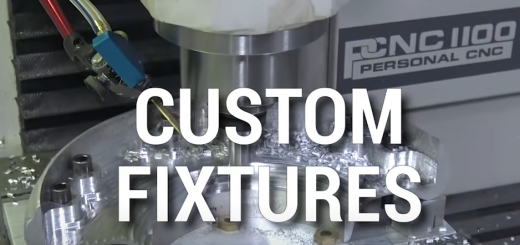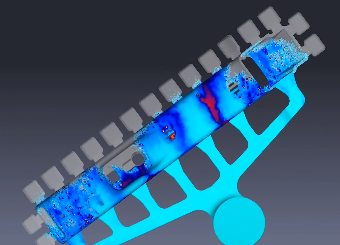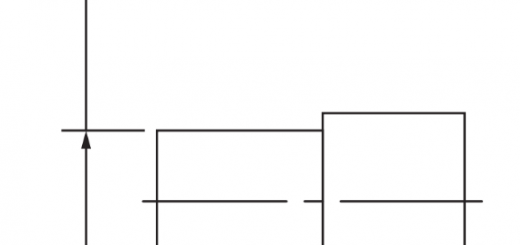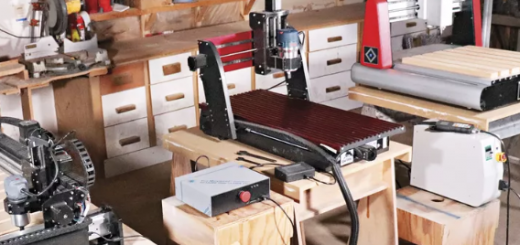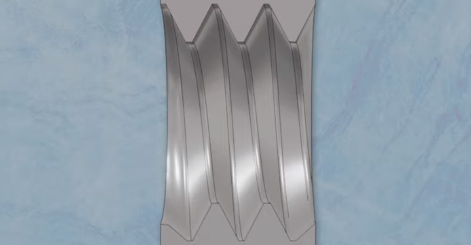How Should You Charge the Same CAD, CAM & Machining Time?
When you’re quoting jobs as a machinist, there are many factors that come into play—design time, CNC programming time, and machining time. A common question many shop owners face is whether to charge the same rate for all three, or if they should charge more for some than others. In this guide, we’ll explore these factors and discuss how you might approach pricing your work.

CAD, CAM & CNC Machining Time
Every job consists of several stages, including:
- CAD Drawing Time: This can involve designing the part or the fixture required for the job.
- CAM Programming Time: This is when you program your machines and get them ready to run.
- Setup Time: This includes activities such as putting the tooling in, setting up fixtures, and getting the machine ready to go.
- Machining Time: The actual time spent machining the part.
Now the question arises: Should you charge the same rate for all of these tasks, or should you break them down and charge different rates based on the nature of the work?
Should You Charge the Same Rate for CAD, CAM & Machining Time?
The “Same Rate for Everything” Approach
Some shop owners believe in charging the same rate for all tasks—whether it’s CAD drawing, CAM programming, setup, or machining. The reasoning behind this approach is simple: time is time. If you’re working, you’re not doing something else that could generate income, so all of your time should be billed equally.
This approach tends to work well for small shops, especially one-man or two-man operations. For example, if you’re a one-person shop, you might think, “If I spend a whole day programming, I can’t be running parts.” Therefore, charging less for programming might mean leaving money on the table. In these cases, maintaining a consistent rate ensures you’re covering your expenses, regardless of the task at hand.
However, while this method works for small shops, it may not always be the most effective option for larger operations.
The “Varied Rates” Approach
As shops grow, so do the complexities of pricing. Larger shops, with more employees and machines, may find that charging the same rate across the board could actually hurt their profitability. Why? Because different tasks incur different costs.
For instance, machining involves not only labor but also wear and tear on machines, the cost of consumables (like end mills and coolant), and other material expenses. In contrast, programming may only require a computer and software. If you charge your full machining rate for programming time, you could end up over-quoting jobs and losing out on work.
Factors to Consider
When deciding how to price your services, consider the following:
- Shop Overhead: No matter what task you’re performing, you’ll have fixed costs like rent, utilities, and employee wages. These need to be factored into your rates.
- Consumables: Machining uses consumables, which increase your costs. These costs don’t apply to programming, so you may want to charge a lower rate for programming tasks.
- Job Size: The size of the job can also influence how you price it. For one-off prototypes or small runs, you might build your programming and setup costs into the overall job price. However, for larger runs, you may want to break out your programming and setup costs separately. This can help make your per-part price more competitive.
Practical Example
Let’s say you receive an order for 1,000 parts. Programming and setup might take considerable time—perhaps 10 hours of programming and two days to build fixturing. If you include all those costs in your machining rate, the per-part price may seem too high to the client. Instead, you could quote separate rates for programming and setup, and then charge a lower per-part machining rate once the job is running smoothly.
This breakdown helps you stay competitive in a global market, where customers often compare prices across multiple suppliers.
When determining how much to charge for CAD, CAM, and machining time, there’s no one-size-fits-all answer. For small shops, charging the same rate for all tasks might make sense. But for larger shops or more complex jobs, breaking out your costs and charging different rates for design, programming, and machining may be the smarter approach.
Ultimately, as the market becomes more competitive, it’s essential to think carefully about how you quote and bill for your time. It’s not just about covering your costs, but also ensuring you remain competitive while maximizing profitability.


